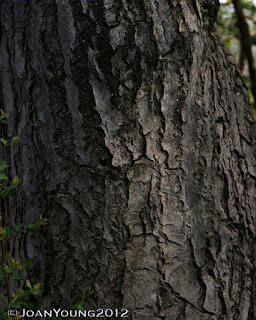Family Amaryllidaceae
The Vaal/Orange River lily is a large bulbous plant up to 1m high, which produces attractive grey green gracefully arching leaves during the summer months. A tall stem bearing large, hanging, lily-type flowers which are white with a pink to red stripe in each petal, is produced early in the growing season. The word "Krinon" means lily and the specific epithet refers to the bulblike shape and size of the seed.

The sickly-sweet scented flowers are pollinated by insects. Once the flowers fall they are followed by the large attractive pink fruit capsules containing few to many bulbous seeds which germinate as soon as they fall to the ground. The large bulb is protected from drying out during the dry winter months by many layers of papery dry bulb scales.
This plant is used in traditional healing for the common cold, rheumatism, varicose veins, reduction of swelling and the treatment of septic sores. It is also used during the delivery of babies and to stimulate breast milk. Local people believe that this plant protects homes from evil.
Crinum bulbispermum is a highly attractive garden subject and can be grown all over South Africa provided it is given adequate water during its growing season. It does prefer the wetter parts of the country and does very well if planted in soggy soils. This is a good plant for swamp or water gardens.
Although this plant is widespread, it occurs naturally mainly on the highveld areas of the eastern hinterland wherever conditions allow. In nature it grows along stream banks and in swampy grasslands that usually dry out during the winter months when these plants are dormant.





















































